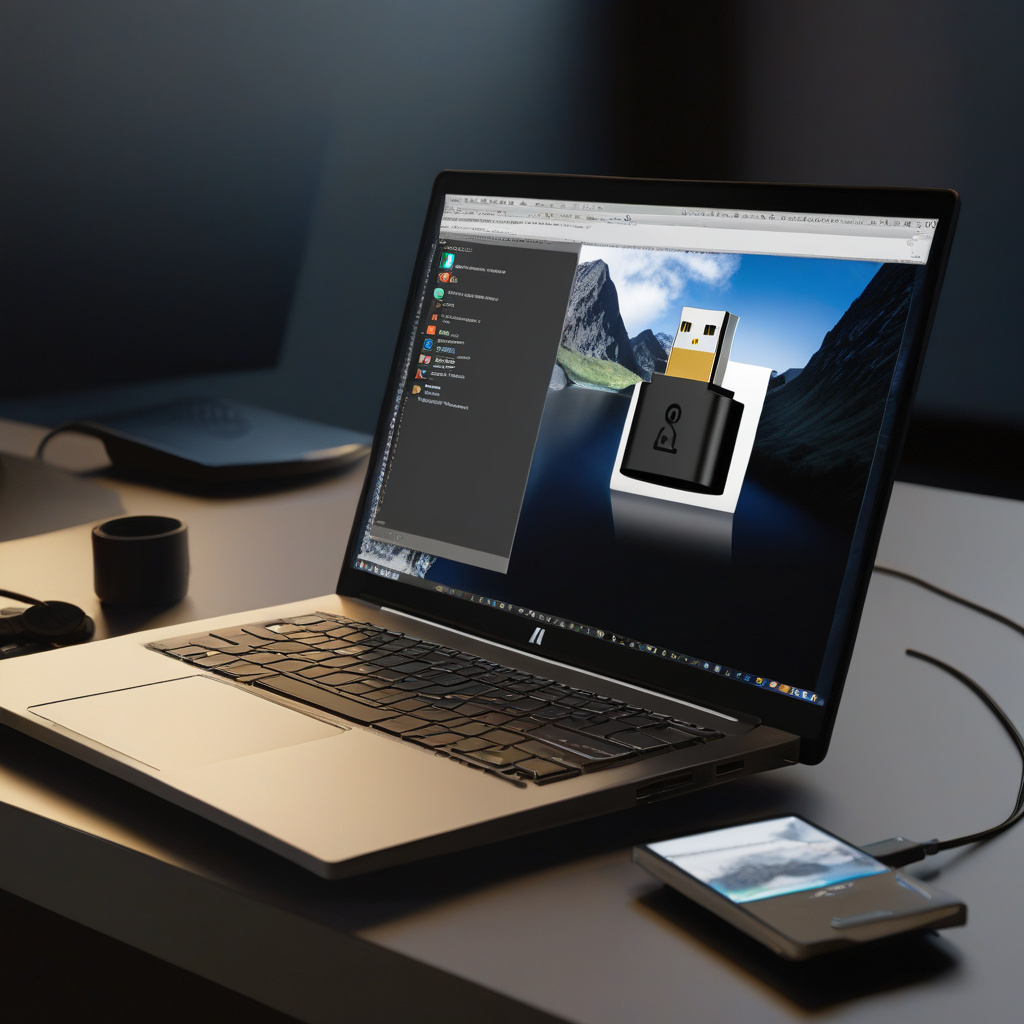Creating a bootable USB drive for Linux installations is a valuable skill for IT professionals and enthusiasts alike. Whether you’re setting up a new system or troubleshooting an existing one, having a bootable USB drive can be a lifesaver in critical situations. Today, I’ll guide you through the process of creating one seamlessly.
Firstly, you’ll need a USB drive with sufficient storage capacity to hold the Linux distribution of your choice. Most modern distributions require a minimum of 4GB, but it’s advisable to use an 8GB or larger drive to accommodate future updates and additional software.
Next, you’ll need to download the ISO image of the Linux distribution you want to install. Make sure to obtain this from a trusted source to avoid any security risks. Popular distributions like Ubuntu, Fedora, or CentOS offer their ISO files directly on their official websites for free.
Now, you’ll require a tool to write the ISO image to the USB drive effectively. One of the most commonly used tools for this purpose is “Rufus” for Windows or “Etcher” for macOS and Linux. These tools provide a user-friendly interface to select the ISO file and the USB drive before initiating the writing process.
Once you have the tool installed, launch it and select the downloaded ISO file. Then, choose the USB drive you want to use. Before proceeding, double-check that you’ve selected the correct drive to avoid overwriting any important data.
After confirming the ISO file and the USB drive, initiate the writing process. Depending on the speed of your USB drive and the tool being used, this process may take a few minutes to complete. Once finished, you’ll have a bootable USB drive ready for Linux installations.
To use the bootable USB drive, insert it into the target system and restart the computer. Most systems allow you to access the boot menu by pressing a specific key during startup (common keys include F2, F12, ESC, or DEL). From the boot menu, select the USB drive as the boot device.
The system will then boot into the Linux distribution from the USB drive, allowing you to either run a live environment or proceed with the installation process. Follow the on-screen instructions provided by the distribution’s installer to complete the installation on your system.
In conclusion, being able to create a bootable USB drive for Linux installations is a valuable skill that can come in handy in various scenarios. Whether you’re a system administrator, developer, or simply a Linux enthusiast, having a bootable USB drive gives you the flexibility to work on different systems without altering their existing configurations. So, next time you embark on a Linux installation journey, consider creating a bootable USB drive to simplify the process.

